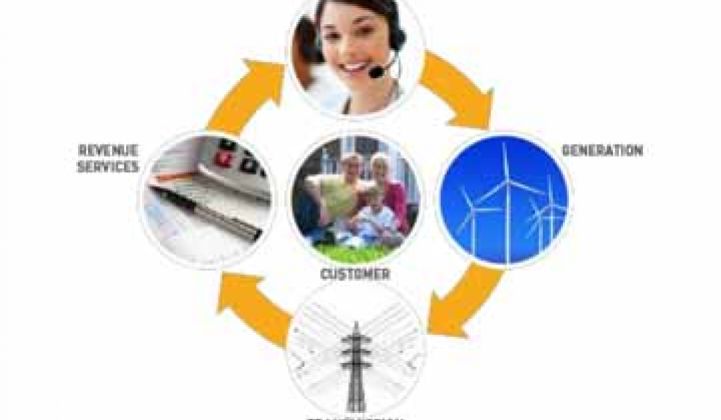A shift is already underway in how utilities interact with their customers, but it will need to pick up considerable steam in coming years. In fact, the change will represent nothing less than a new organizational structure and overhaul in mindset when done correctly, according to experts on a Greentech Media webinar panel on Thursday.
The panelists from AT&T and North Highland, a strategic consultancy, spoke about the need for both regulated and deregulated utilities to map out plans in the next five years, with a total 10-year window for the evolution. Recently, Greentech Media wrote about Customer Care Officers, which are coming into fashion at utilities, but the change will have to resonate far beyond the single customer czar and include rethinking who the customer even is, as well as easy ways to take control of the brand’s image and expand product offerings.
Utilities need to start thinking of themselves as energy advisors, said Colin Gunter, Vice President of Energy and Utilities for North Highland. Although they are selling energy to keep the lights on, they are also selling programs that require customer participation. The utility needs to think of their customers as not just as ratepayers, but maybe not even just as people purchasing energy. Instead, there is a chance for value-added transactions to be made to resellers or emerging energy providers.
The issue of churn was often raised, but for regulated utilities, it is not a concern. But just because the company is a sanctioned monopoly doesn’t mean there aren’t services or programs that require cooperation from the consumer side. That means shifting from a reactionary to a proactive customer service model -- nothing short of a sea change for most utilities.
If a total overhaul of corporate culture and structuring seems daunting, take a look at the telecom industry. “It’s not that there’s a massive technological change,” said Trace Hawkins, Director of Customer Life Cycle Management for AT&T. “It’s like death by a thousand pin-pricks.”
In lieu of inspired leadership, there are other ways to start the revolution. AT&T found that it was much easier to enhance customer care by shifting programs to marketing, which had a more liquid budget, then by trying to find more resources for the call center. AT&T spent $5 million proactively reaching out customers who were having DSL or home phone service issues, before they called to complain. Hawkins said that brought back $128 million to the company, and that the people they reached out to were more willing not only to stick with AT&T but also to engage in other programs. “Some sort of outreach can go a long way,” he noted.
If shifting the entire model of customer care to being proactive is a lot to swallow, North Highland encourages its clients to simply start by knowing your customer. When do they become engaged with a utility? How does that change over their lifetime? How is the company going to meet their needs at different points in that lifetime? At what point is a customer likely to defect?
Social media can offer some unscientific insight into those questions. Although there can be backlash if social media platforms are tossed together without a master plan or someone to manage them, utilities can use social media to see what people are saying about the company. “You can start by just monitoring and responding,” said Hawkins, which might take only one or two people.
Identifying the company’s own brand, and its different customers, is really just the first step in the process. The next level involves investment to upgrade legacy systems to collect customer data and then share it across different sectors within the company. Finally, engaging with customers will ultimately provide feedback that can inform new ideas for product development. Hawkins from AT&T cautioned that, even in the face of shrinking revenues, there is no time like the present to get started. “You’re going to convince the leadership it’s time,” he said. “What is the revenue opportunity if you don’t do it?”
Smart Grid

How to Begin a Customer Care Overhaul
The time is now.

How to Begin a Customer Care Overhaul
-
41Where Will DOE’s Loan Program Make the Next Climate Tech Investments?
-
15What the Frack Is Happening With Natural Gas Prices?
-
9With an Energy Crisis Brewing, No Peak in Sight for Emissions


